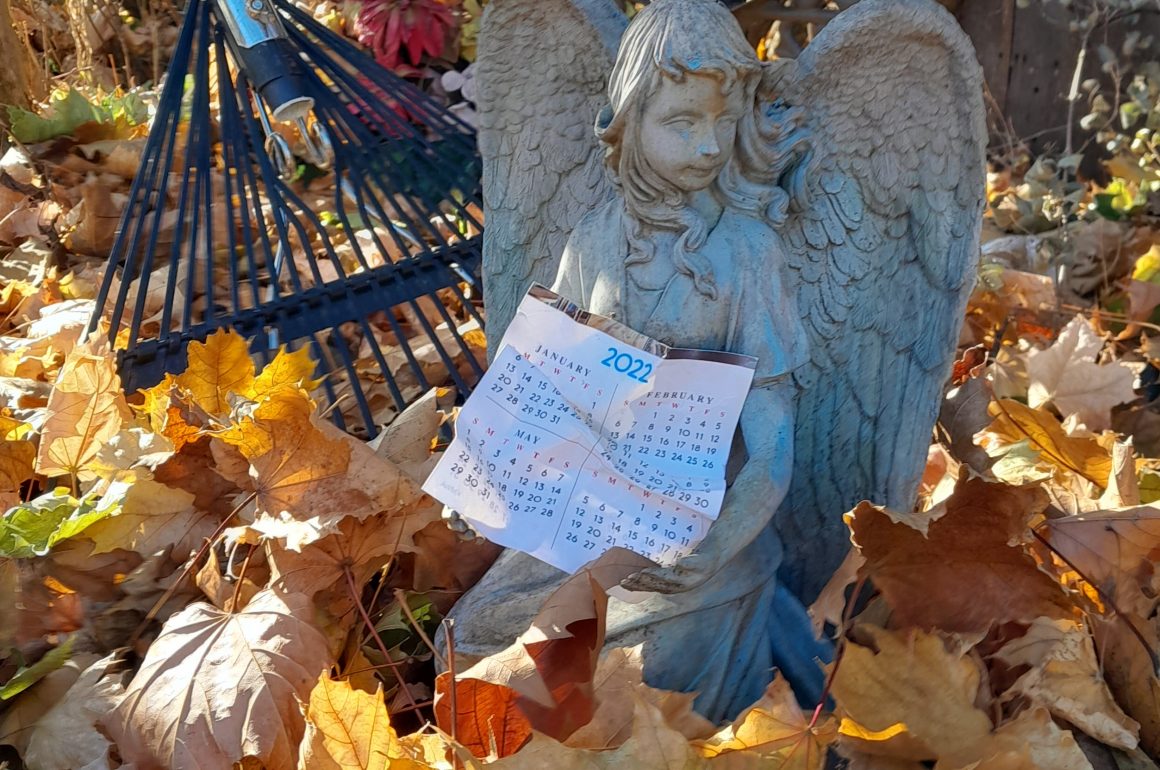
This, 2022, has been a curious year for books about birds and birding. Despite the absence of two major publishers—Lynx and HMH–from the new title publishing scene (hopefully not permanently), we were happily surprised to read and peruse many excellent books. There was no overriding subject trend, as we’ve seen in recent years, rather a diversity of topics and approaches. Here are ten titles (it could have been more) selected for their uniqueness, excellence in writing and research, and giftability.
Our reviewers are Donna, Dragan, and Mark: their fuller bios appear after their full reviews, which are linked to the summaries, below. (Other links are to the publishers’ sites.)
==========================================================================
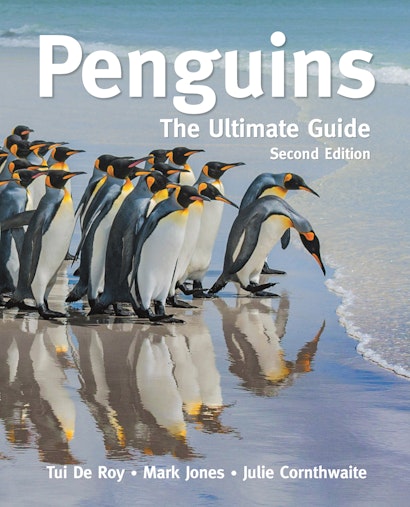 [Mark]: This luscious book, Penguins: The Ultimate Guide, by De Roy, Jones, and Cornthwaite, is the second edition of a book first published in 2015. Fifty pages have been updated with new text or photos, but what Donna said, in her review of the first edition, is still apt: the photographs are “amongst the most stunning I’ve ever seen.” But this is more than a coffee table book. There is a wealth of information about these marvelous creatures, given via prose essays, and charts, and tables – it’s all quite user-friendly. What extraordinary birds penguins are: physically, they remind us of ourselves, so we think we understand their behaviors, but, as the authors say, “their private life is as complex and mysterious as that of any wild animal.” Anything else we could say about this great book would only be more in the way of superlatives. (And the price has not increased since 2015; it’s a bargain.)
[Mark]: This luscious book, Penguins: The Ultimate Guide, by De Roy, Jones, and Cornthwaite, is the second edition of a book first published in 2015. Fifty pages have been updated with new text or photos, but what Donna said, in her review of the first edition, is still apt: the photographs are “amongst the most stunning I’ve ever seen.” But this is more than a coffee table book. There is a wealth of information about these marvelous creatures, given via prose essays, and charts, and tables – it’s all quite user-friendly. What extraordinary birds penguins are: physically, they remind us of ourselves, so we think we understand their behaviors, but, as the authors say, “their private life is as complex and mysterious as that of any wild animal.” Anything else we could say about this great book would only be more in the way of superlatives. (And the price has not increased since 2015; it’s a bargain.)
[Dragan]: Europe’s Birds: An Identification Guide, by Hume, Still, Swash, and Harrop is a photographic guide. If you are a newbie, that will likely be perfectly acceptable, but being old school myself, I still prefer paintings. For example, many photos are shot in poor light, obscuring the true colours. Others are shot in too bright sunlight washing out the colours of the upperparts and shading the underparts. Can you believe me when I say that I haven’t noticed any of it in this book? The artwork of “Europe’s Birds” is dazzling, the text condensed and comprehensive, and the layout and design are without peer. Highly recommended.

[Donna]: Vagrancy in Birds by Alexander Lees & James Gilroy is the dream book for the birder who loves twitching rare birds (as in birds that show up where they’re not supposed to be) in person or from an armchair. Lees and Gilroy delineate vagrancy status and trends for every bird family worldwide, highlighting examples, synthesizing research, and framing it all with their own thoughts and conclusions. It’s a unique title; twitchers and naturalists interested in migration will find it fascinating reading and valuable for future reference.
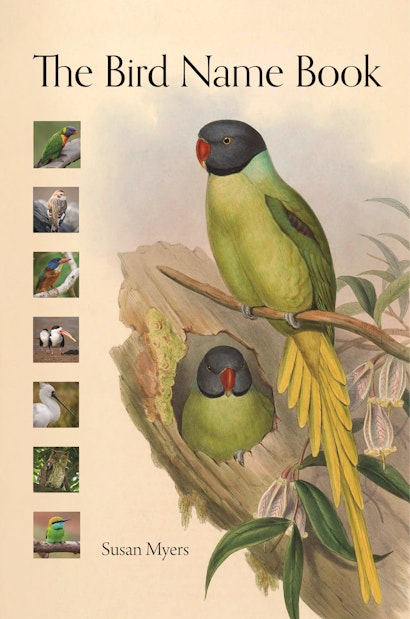 [Donna]: The Bird Name Book by Susan Myers may not be the first book written about bird names but it’s doubtless the most comprehensively researched and beautifully packaged. Myers, a professional birding guide in “real life,” summarizes the etymology and history of all common bird names (of bird families and groups, not all 10,000-plus species). You don’t need to be a linguist to delight in the diversity and sometimes unexpectedness of these name origins. Myers lavishly quotes from original sources and has illustrated the book with both historical photos and her own images.
[Donna]: The Bird Name Book by Susan Myers may not be the first book written about bird names but it’s doubtless the most comprehensively researched and beautifully packaged. Myers, a professional birding guide in “real life,” summarizes the etymology and history of all common bird names (of bird families and groups, not all 10,000-plus species). You don’t need to be a linguist to delight in the diversity and sometimes unexpectedness of these name origins. Myers lavishly quotes from original sources and has illustrated the book with both historical photos and her own images.
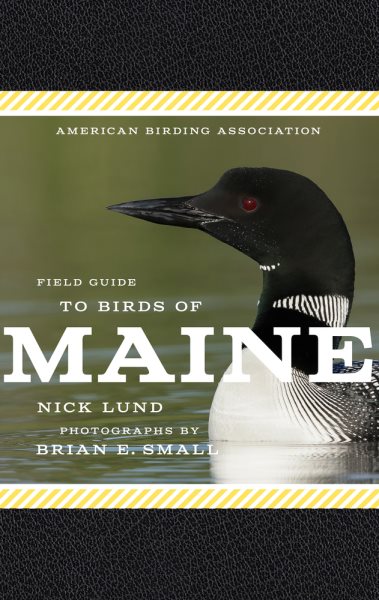
[Donna]: It’s good to welcome back the ABA field guide series with the American Birding Association Field Guide to Birds of Maine by Nick Lund with photographs by Brian E. Small. The guide covers 265 of Maine’s 461 bird species: common nesting species, common migrants, and wintering birds. Nick brings local expertise and his signature lively writing style to the species accounts, which include where and when the bird is likely to be seen in Maine as well as main identification features. Brian Small’s photographs do their usual excellent job of illustrating all important id points as well as the beauty of each species. A good supplement to your Sibleys, Nat Geo, or Petersons if you reside in or plan to visit Maine, and a wonderful gift for aspiring birders who live there [If you live in NYS, Corey’s American Birding Association Field guide to Birds of New York is a great gift. Yes, this is a shameless plug, but it’s also true.]

[Dragan]: The best birding in Asia is not even on the Asian mainland! However, amongst the 200 species birdable in two weeks, in Sabah you stand a chance of seeing more than 70 endemic and near-endemic birds, together with an array of pheasants, frogmouths, trogons, pittas, thrushes, and two of the most recently described birds in the world, Spectacled Flowerpecker and Cream-eyed Bulbul, both named to science only in 2019. And the very best and the most up-to-date field guide is Birds of Malaysia – Covering Peninsular Malaysia, Malaysian Borneo and Singapore”, the 2020 Lynx and BirdLife International Collection guide by Chong Leong Puan, Geoffrey Davison and Kim Chye Lim. The place for such bold claims is usually at the end of a review, but just as well, in case you are too lazy to read the entire text, I may start with it.
 [Donna]: Good birding can usually inspire good writing. In Learning the Birds: A Midlife Adventure, Susan Fox Rogers offers a series of elegantly written essays on learning to bird. This is a topic fraught with the danger of cliche, but Rogers knows how to use the essay form to tell a good story and convey the magic of emotional and worldview change. She brings in historical figures and literature to give her personal history wider perspective, writing memorably about experiencing the dawn chorus at the same spot as Franklin Delano Roosevelt, Ludlow Griscom, and Margaret Suckley in 1942, and hiking the Bighorn Mountains of Wyoming in the spirit of 19th-century ornithologist Florence Merriam Bailey. This is the title for the person who lives for both literature and nature.
[Donna]: Good birding can usually inspire good writing. In Learning the Birds: A Midlife Adventure, Susan Fox Rogers offers a series of elegantly written essays on learning to bird. This is a topic fraught with the danger of cliche, but Rogers knows how to use the essay form to tell a good story and convey the magic of emotional and worldview change. She brings in historical figures and literature to give her personal history wider perspective, writing memorably about experiencing the dawn chorus at the same spot as Franklin Delano Roosevelt, Ludlow Griscom, and Margaret Suckley in 1942, and hiking the Bighorn Mountains of Wyoming in the spirit of 19th-century ornithologist Florence Merriam Bailey. This is the title for the person who lives for both literature and nature.
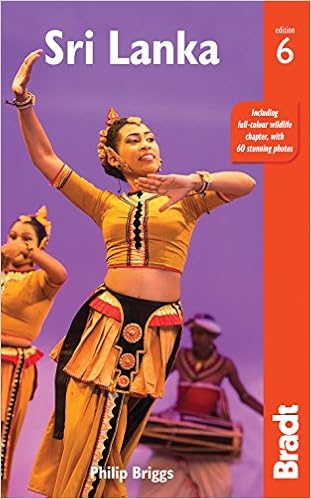
[Dragan]: What puts Philip Briggs’s Sri Lanka into a class of its own is a special emphasis on nature and wildlife-watching tourism. And what I am saying here doesn’t only apply to his Sri Lanka guide, but to all the others as well (these include the first dedicated guidebooks to Tanzania, Uganda, Ethiopia, Malawi, Ghana, Mozambique, Rwanda, Suriname). They aren’t exactly where-to-watch-birds guides, and will not tell you after 30 metres of that trail, turn left and check the bushes for the blah-blah bird — but they do successfully cover what to expect bird-wise, what to look for, and apart from birds themselves, which local agencies and guides to contact.
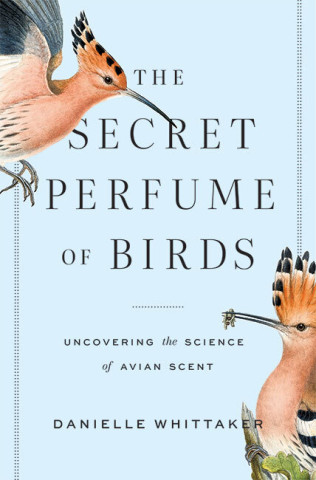 [Donna]: Danielle Whittaker takes a personal viewpoint of a very different aspect of ornithology in The Secret Perfume of Birds: Uncovering the Science of Avian Scent, a perfect blend of science and autobiography. Whittaker’s research aims to disprove the centuries-old assumption that birds do not have a sense of smell. She describes her own and other scientists’ studies while also weaving in her personal career journey, which included a stint as a roller derby referee. (Read the book: it makes perfect sense.) Here’s the kind of woman she is: when she got home after her first day of roller derby bootcamp, she was so sore she had to crawl up her stairs to get into a hot bath, where she cried for an hour. Then, she writes, when her husband gently told her she didn’t have to go back to the camp, “I glared and him and snarled, ‘Oh, I’m [expletive-ing] going back.'” Her book is both informative and fun, a good read.
[Donna]: Danielle Whittaker takes a personal viewpoint of a very different aspect of ornithology in The Secret Perfume of Birds: Uncovering the Science of Avian Scent, a perfect blend of science and autobiography. Whittaker’s research aims to disprove the centuries-old assumption that birds do not have a sense of smell. She describes her own and other scientists’ studies while also weaving in her personal career journey, which included a stint as a roller derby referee. (Read the book: it makes perfect sense.) Here’s the kind of woman she is: when she got home after her first day of roller derby bootcamp, she was so sore she had to crawl up her stairs to get into a hot bath, where she cried for an hour. Then, she writes, when her husband gently told her she didn’t have to go back to the camp, “I glared and him and snarled, ‘Oh, I’m [expletive-ing] going back.'” Her book is both informative and fun, a good read.

[Mark]: The Hawk’s Way: Encounters With Fierce Beauty is a slim volume, a republication, mostly, of a chapter from Sy Montgomery’s fine 2010 book Birdology, with some added material including an introduction, in which she describes how she has, a decade after her first experience with falconry “come back for more,” and some new color photos of raptors, birds she admiringly describes as “pure savagery bereft of evil.” Montgomery is a felicitous writer, and her books about the natural world, including this one, make delightful reading for those who can put the binoculars down for an evening or two.
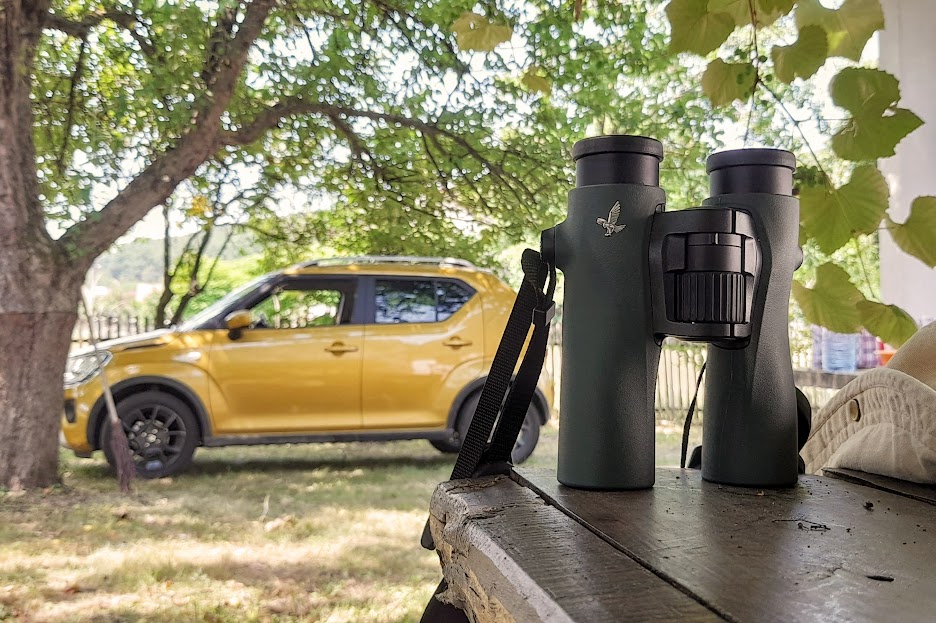
[Dragan]: The very first time I held Swarovski NL Pure 10×32 binoculars, the very first look through them, I just knew: this is it, this is the pair for me. Full stop. Although I did test them thoroughly later, I knew from that first sight, this pair was made for me. The old knight in that Indiana Jones cave full of holy grails to choose from would say to me: You have chosen wisely. Now I could give an elaborate conclusion why the NLs are so good, but would you really want to read that? They are so good that I put my money where my mouth is and bought them.













Leave a Comment